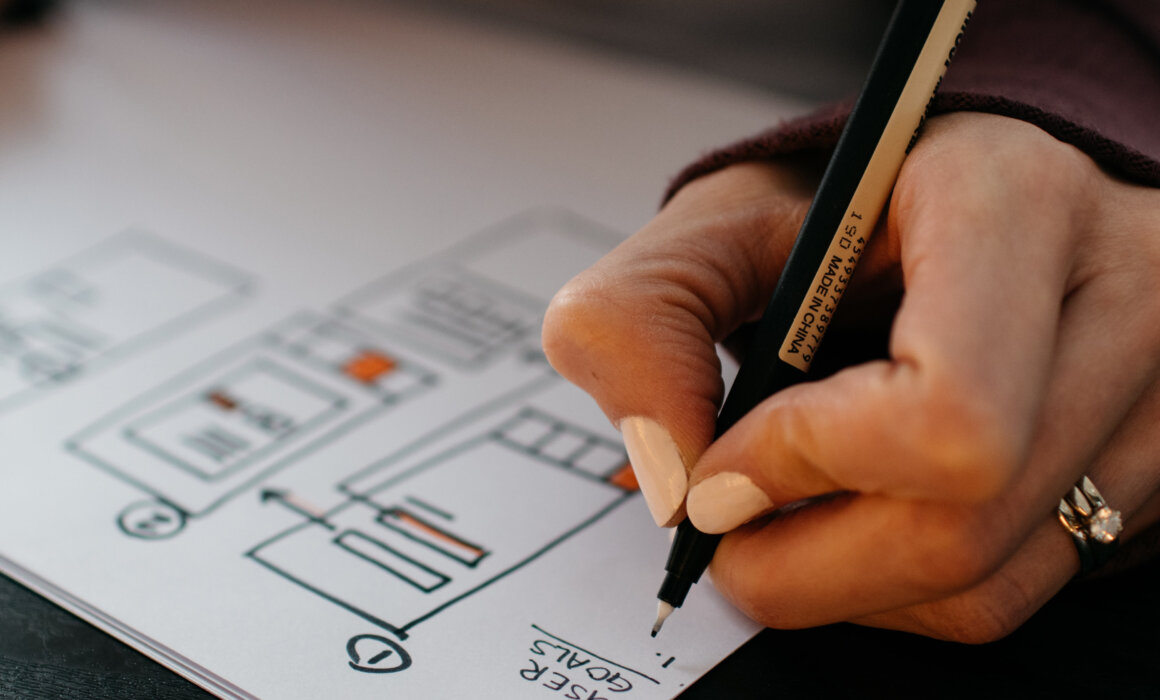January 30, 2023
A guide to beautiful web design
A Guide to Beautiful Website Design
In today’s digital age, having a strong online presence is essential for businesses, organizations, and individuals alike. A well-designed website not only attracts visitors but also establishes credibility and builds brand identity. A beautiful website design is the first step towards creating a positive online experience for users.
Here are some key elements that make a website design beautiful:
- Aesthetically Pleasing Color Scheme: A well-thought-out color scheme can make all the difference in the appearance of a website. Choose colors that complement each other and match the brand’s tone and personality. The color scheme should be consistent throughout the website to create a cohesive look.
- Clean and Organized Layout: A clean and organized layout makes it easy for users to find the information they are looking for and helps guide their attention to the most important elements on the page. Use whitespace effectively to create a visually appealing design.
- Effective Typography: Typography plays a crucial role in a website design. Choose font types and sizes that are easy to read and look aesthetically pleasing. Make sure the font size is large enough for users to read comfortably on all devices.
- User-Friendly Navigation: Navigation is a critical aspect of website design as it helps users find what they are looking for and understand the structure of the website. Make sure the navigation is clear, intuitive, and consistent throughout the website.
- High-Quality Imagery: Images are an essential part of website design and can greatly impact the overall look and feel of a website. Use high-quality images that are relevant to the content and represent the brand effectively.
- Consistent Design Elements: Consistency is key in creating a beautiful website design. Make sure design elements, such as buttons, icons, and headers, are consistent throughout the website to create a cohesive look and feel.
- Responsive Design: With the increasing use of mobile devices, it’s essential to have a website design that is responsive and adapts to different screen sizes. A responsive website design provides a positive user experience, regardless of the device used.
- Fast Loading Speed: A website that takes too long to load can be frustrating for users and result in high bounce rates. Make sure the website is optimized for fast loading speeds, including reducing the size of images and using optimized code.
- Accessibility Considerations: A beautiful website design should also be accessible to all users, including those with disabilities. Make sure the website is designed with accessibility in mind and meets accessibility standards, such as providing alternative text for images and using descriptive links.
In conclusion, a beautiful website design is a combination of aesthetics and functionality. By incorporating the key elements discussed in this guide, you can create a website that not only looks great but also provides an enjoyable user experience.


